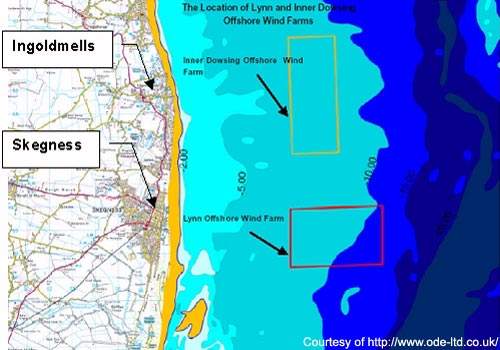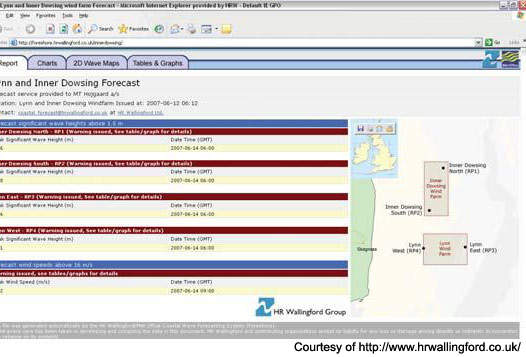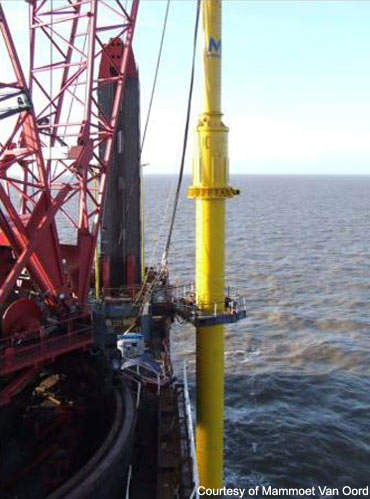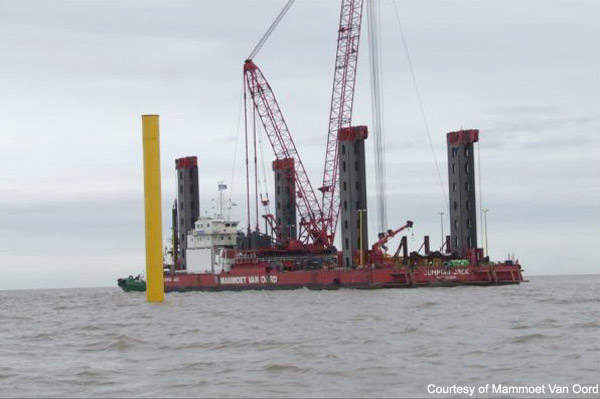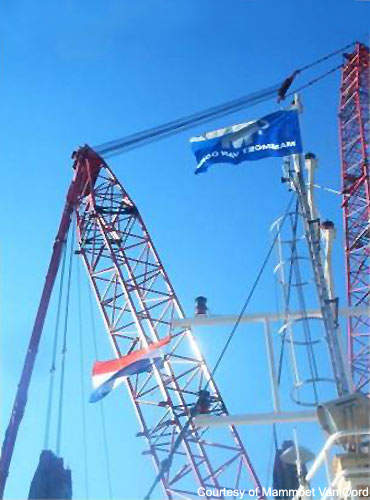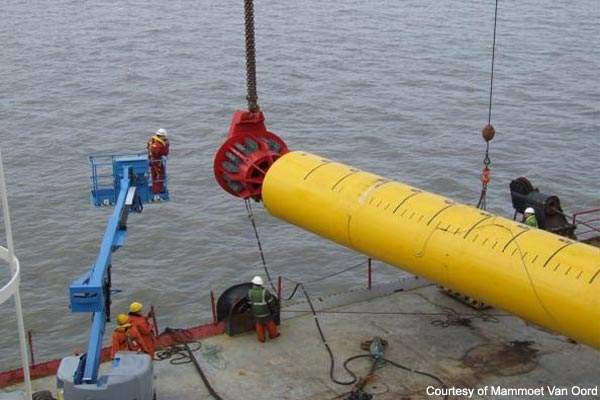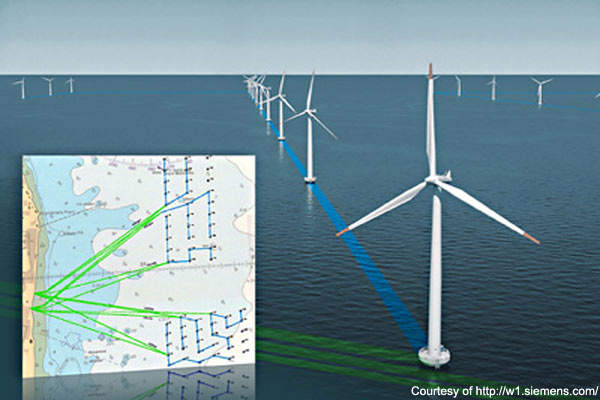Lynn and Inner Dowsing are the two adjacent offshore wind farms located 5km off the Lincolnshire coast, east of Skegness, UK. The Lynn and Inner Dowsing wind farms were set up as a part of the UKCS Round 1 developments to encourage wind power in the UK. They are two neighbouring developments that were acquired from Renewable Energy Systems in December 2003 and combined into one construction project by Centrica Renewable Energy Limited. The wind farms will operated by Centrica itself.
The major construction work of the 194MW Lynn and Inner Dowsing offshore wind farms was completed on schedule in 2008. The work was carried out in several stages, including the onshore substation and cabling, offshore foundations and cabling and the turbine supply and installation.
The two wind farms together use 54 3.6MW Siemens turbines. They are being constructed at a cost of £300m. Together, the 54 turbines are expected to provide enough power for more than 130,000 homes while significantly reducing CO2 emissions.
Both wind farms are located off the UK’s East Lincolnshire coast. Lynn is 5.2km offshore Skegness, and Inner Dowsing is 5.2km offshore Ingoldmells.
Foundations for the 54 turbines were installed during 2007, along with the power cables connecting the turbines and the wind farms to shore. The wind turbine generators themselves, supplied by Siemens Power Generation, are being erected during 2008. The wind farms started its complete operations in March 2009. Out of the total number of turbines, 45 turbine generators were commissioned in October 2009 and are exporting power to the National Grid.
In October 2009, Centrica sold 50% equity stake in Lynn and Inner Dowsing to the US-based investment management company TCW.
Siemens SWT-3.6-107 Wind turbines
The SWT-3.6-107 wind turbines have a three-blade cantilevered rotor mounted upwind of the tower. The power output is controlled by pitch regulation. The rotor speed is variable to maximise aerodynamic efficiency. The blades are made of fibreglass-reinforced epoxy resin and are made by Siemens in a single operation. They are mounted on pitch bearings and can be feathered 80° for shutdown.
The gearbox has a custom-built three-stage planetary-helical design, mounted on the nacelle with flexible rubber bushings. The gearbox is fitted with a fail-safe mechanical brake at the high-speed shaft.
The SWT-3.6-107 turbine is mounted on a tapered tubular steel tower. The tower has internal ascent and direct access to the yaw system and nacelle. The generator rotor construction and stator windings are designed for high efficiency at partial loads. The microprocessor-based industrial turbine controller is similar to the type used in other Siemens wind turbines.
The wind turbines operate automatically, self-starting when the average wind speed is about 3–5m/s. The output increases approximately linearly with wind speed until it reaches 13–14m/s. The power is then regulated at rated power. If the average wind speed exceeds the maximum operational limit of 25m/s, the turbine is shut down by feathering the blades. When the wind drops back below the restart speed, the safety systems reset automatically.
Site-specific weather forecasts
HR Wallingford provided site specific weather forecasts. The construction phases were sensitive to the weather and restricted by specific safe operating conditions. Forecasts of the prevailing waves, winds and water levels were needed to plan and manage operations to maximise cost efficiency and minimise safety risks.
The Lynn and Inner Dowsing sites are partially sheltered from the more extreme North Sea wave conditions by a series of shallow water banks to the north and west, particularly at low tide. Local wind generation also influences wave conditions at the site. To provide accurate forecasts of wave conditions at the construction site HR Wallingford, in collaboration with the UK’s Met Office, uses a validated local wave transformation model to account for the shallow water processes and local effects.
Test pile driven in 2006
In April 2006, Mammoet Van Oord drove a test pile to a depth of 25.5m below sea bed level in chalk soils at the Lynn Wind Farm. The company signed the contract with Centrica Renewable Energy Limited for the test installation of a single steel monopile at Lynn.
The objective of the work was to test the site specific drivability of a steel monopile to a maximum depth of 35m below sea bed level and to collect further geotechnical and engineering information by monitoring. The test pile had a diameter of 2m, a wall thickness of 50mm, a length of 65m and a weight of 165t.
Preparations started directly in Schiedam and the test pile was transported, loaded and seafastened on the Jumping Jack in Schiedam together with the Menck MHU-800 hydro hammer and other equipment. In April the Jumping Jack, towed by tug Stevens Ocean, departed from Schiedam. The installation operations started on 16 April and the test pile was successfully driven.
Nexans was awarded the €10m plus contract to supply submarine cables. It supplied 72km of 36kV 3-core XLPE high-voltage submarine cables, along with a fibre-optic element. Around 40km of cable took the power to land, with the remaining 32km as array cables to connect the wind turbines.
Installation by M.V. Resolution
The seabed was studied in advance by a geotechnical survey. The foundations and turbines were installed by the M.V. Resolution, a purpose-built wind farm installation vessel that is owned and operated by Middlesborough-based firm MPI Offshore Limited. The 38m-wide ship has six legs to secure its position on the seabed before installation.
Monopiles, cylindrical steel foundations, form a firm base for the turbines. These were driven to depth using a large hydraulic hammer. The geology has meant that some drilling was needed for the monopile to reach the desired design depth.
The company Ode was manager for the project on Centrica’s behalf. Ode had already provided project management for the Scroby Sands offshore wind farm. It advised on construction, offshore installation, commissioning/start-up activities and subsequent operations and maintenance.

